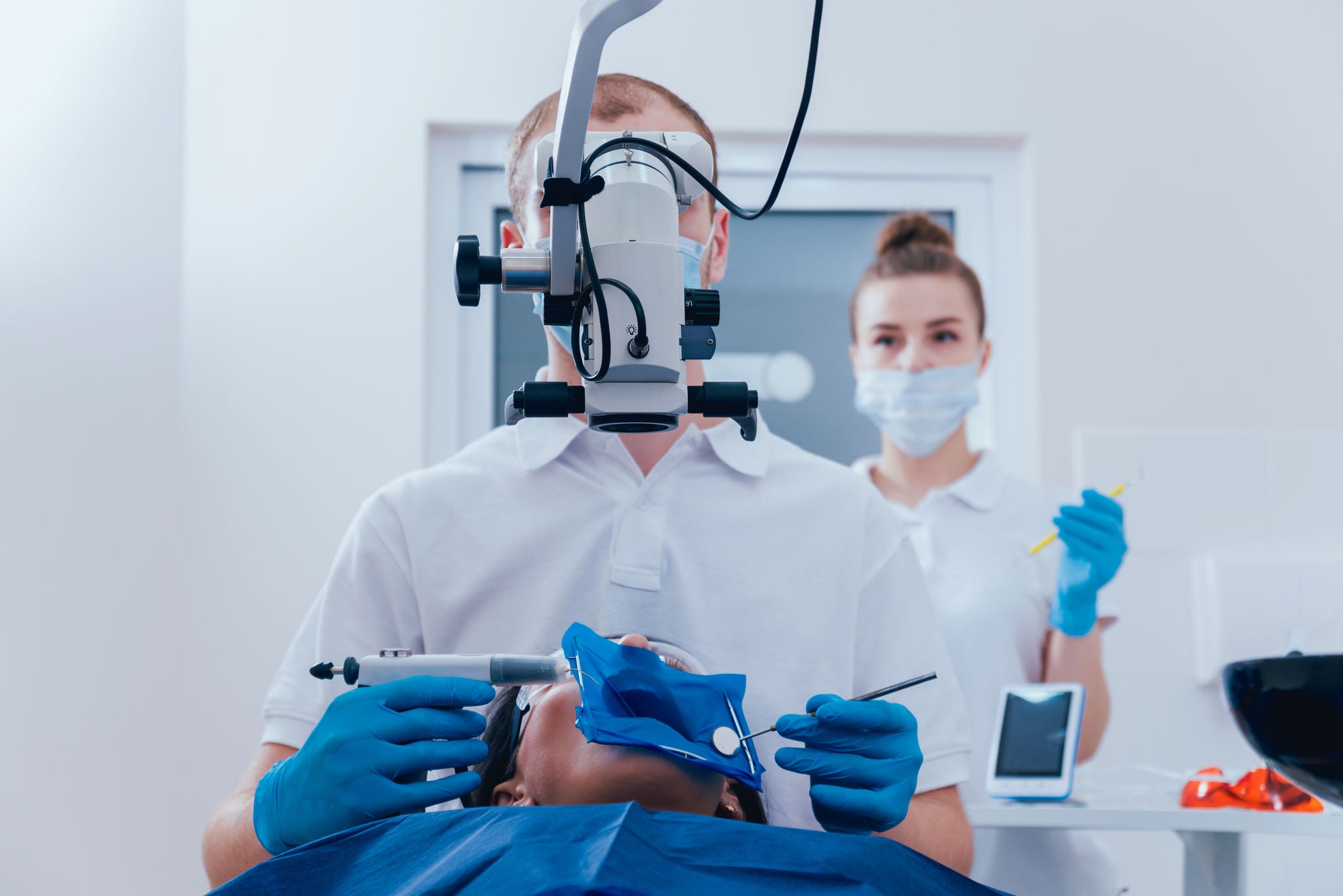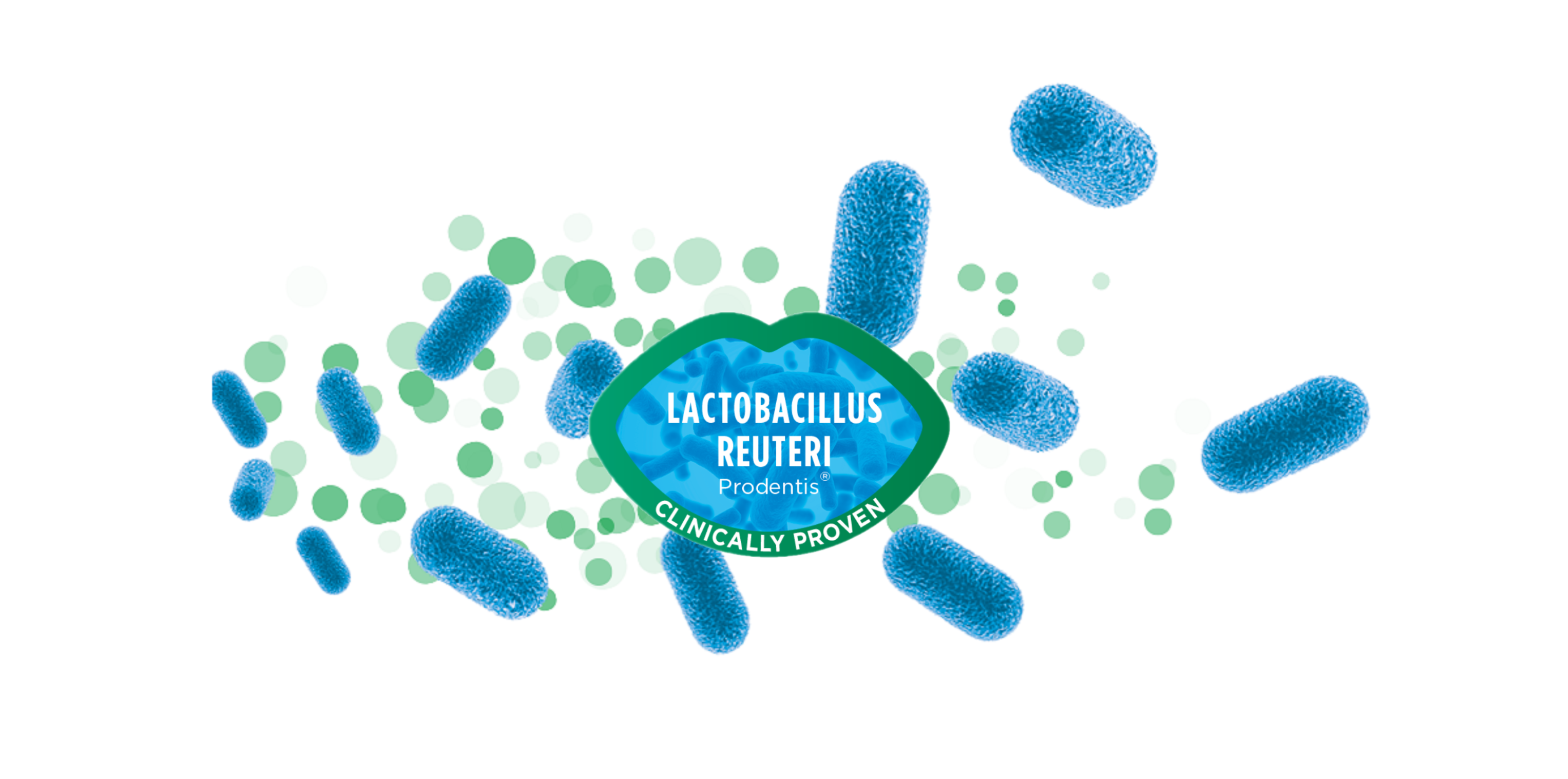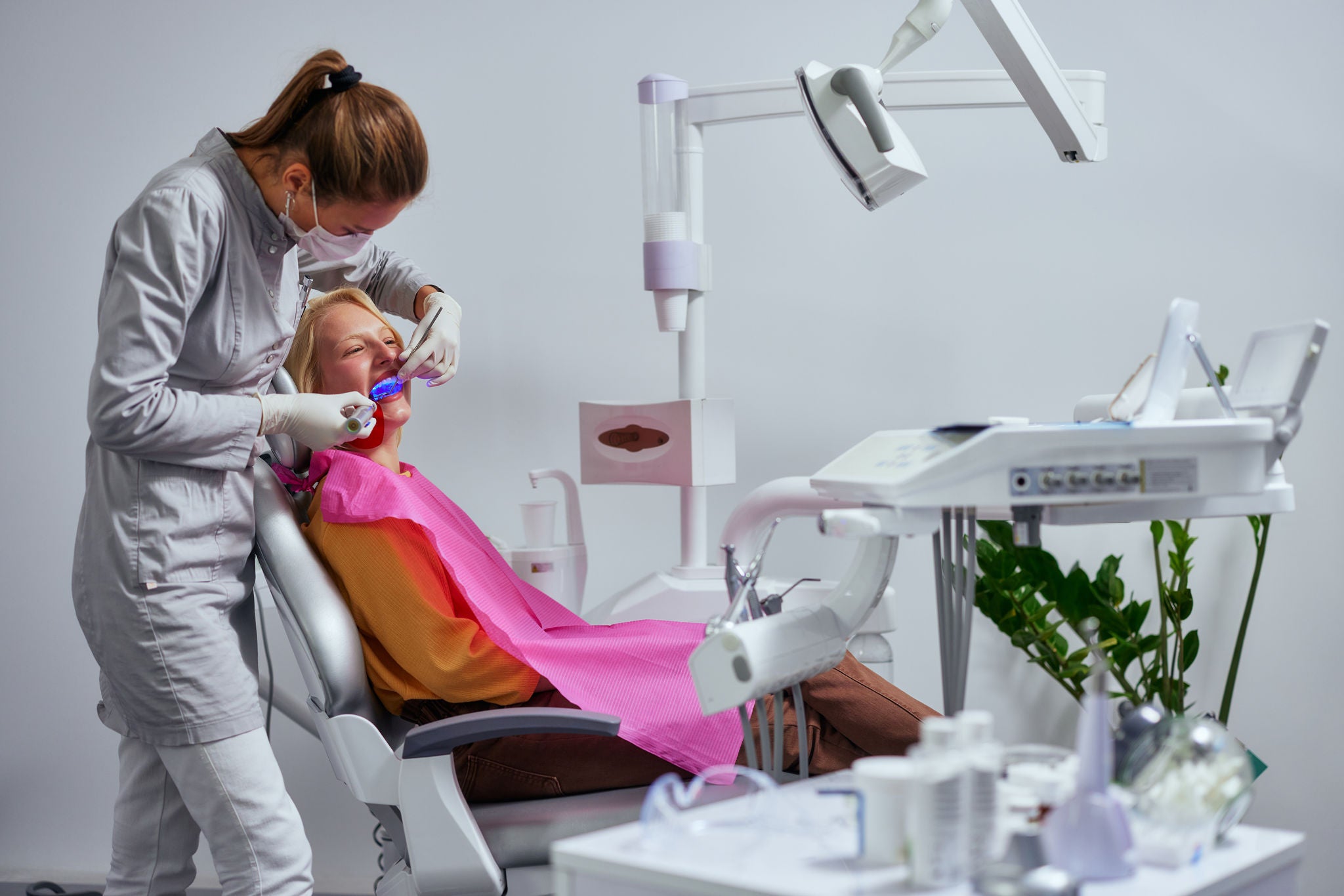
Ulcerative Oral Mucosa Lesions: Manifestations and Categories
Oral mucosal lesions (aphthous ulcers) are acute, painful, whitish-yellow, fibrinous mucosal defects with a red halo. They are slightly raised, round to oval in shape and usually lentil-sized. They have many underlying etiologic factors, most commonly traumatic (including minor injury), infection, immune related, or neoplastic [1].

At first, patients affected report a slight burning pain, tingling and a feeling of tension. After about 6-24 hours and a brief blistering stage, one or more painful lesions appear. The pain is caused by damage of the uppermost layer of the oral mucosa, which leaves the nerve endings exposed. Eating, drinking, air and saliva can irritate these exposed nerve endings and cause even more pain, which can also delay healing.
Aphthous ulcers are classified into three main types.
Minor aphthous ulcers (Mikulicz type)
These ulcers typically first appear in childhood or adolescence. They are the most common type, accounting for 80% - 90% of aphthous ulcers. They tend to occur approx. 3-6 times a year and manifest on the non-keratized oral mucosa of the cheek, lip or tongue. The lesions measure less than 10 mm and generally heal in 1 to 2 weeks without leaving a scar. They recur frequently. The pain subsides after approx. 5 days.
Major aphthous ulcers (Sutton type)
This form of ulcer is rare and occurs in only approx. 10% of all aphthoid lesions. Major aphthous ulcers are deep ulcerating lesions, which protrude partly into the musculature. The defects are greater than 10mm in size, and healing takes 2-4 weeks with scarring and severe pain.They recur frequently. They are sometimes associated with a fever and the person may feel unwell, or have raised inflammatory blood markers [2].
Herpetiform aphthous ulcers (Cooke type)
Herpetiform aphthous ulcers, also known as "Aphthosis herpetiformis", are very rare and similar to the minor type. Their distinctive characteristic is that they are associated with a large number of lesions - usually 10 to 100 ulcers are present at any one time - and that there is no vesicle stage. Although these ulcers are present continuously, healing takes just 7-10 days. These ulcers are shallow and heal without leaving a scar.







